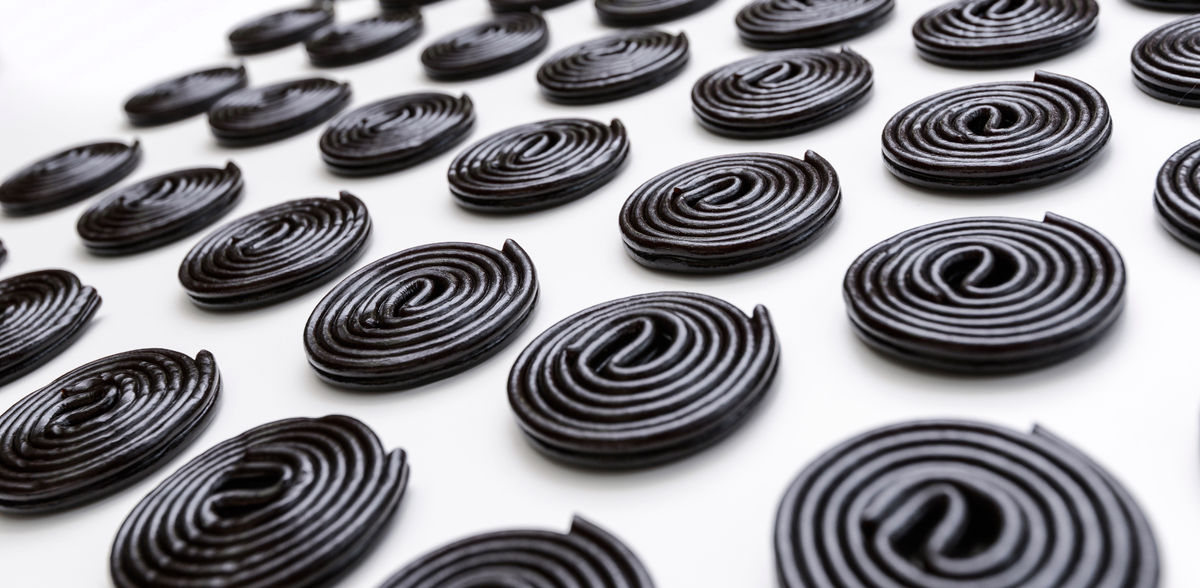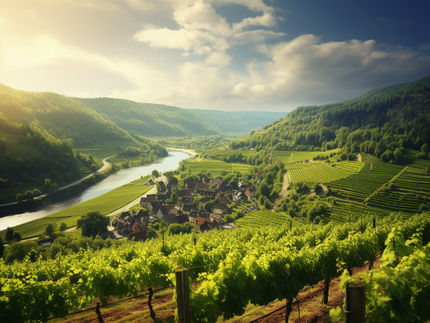Six amazing facts about fruit gum licorice mixes.
Advertisement
Licorice and fruit gums are still among the Germans' favorite snacks. Every third German treats themselves to some at least once a week. When it comes to choosing, they are usually spoiled for choice: Do they prefer licorice or fruit gums? And the licorice rather sweet or salty? How good that there are delicious mixes that make the choice easier. One of the most popular fruit gum licorice mixes is HARIBO Color-Rado, which turns 60 years young this year. But HARIBO Matador Dark Mix also combines the best of both worlds: sweet and salty licorice combined with fruity vampires that taste spicy yet sweet like apple, cherry or lemon.
These mixtures truly have it all - but warning: once they are opened, it is hard to stop until everything is consumed. For all connoisseurs of the sweet and salty temptation, we have put together six facts about fruit gum licorice mixes. So HARIBO licorice fans will always have an answer ready to the question of why they grab a vampire from the mix even though the sun hasn't set yet:
1. Origin
Licorice is made from the sap of the licorice root. The plant probably came to Europe through sailors who encountered licorice on their voyages to Asia and came to love the taste. Despite its widespread use, licorice still has something special about it today. Who eats it, may therefore still feel like the sailors back then. Ideal for any time out!
2. history
Already in ancient Egypt and Greece licorice was used as a remedy for various diseases. Many children still know the taste today, for example, as an ingredient in cough syrups. This could also be a reason why many later dislike licorice as adults. True licorice fans, on the other hand, are convinced that it is worthwhile "growing into" this unique taste.
3. north-south divide
The love for licorice goes through the licorice equator. The higher you get to the north of Europe, the more popular licorice is. This is also true for Germany. More licorice is consumed in northern Germany than in southern Germany.
4. taste preferences
Spicy and salty licorice disappears mainly in the mouths of the Scandinavian countries of Norway, Denmark and Sweden. Tart and mild licorice varieties, on the other hand, win over people in northern Germany, the Netherlands and Spain. In England, however, licorice is usually enjoyed only in sweet varieties.
5. the liquorice commemoration day
April 12 is "National Licorice Day" in both Germany and the United States.
6. the longest snail line
Every year, HARIBO produces its licorice snails in a total length of 385,000 kilometers. Rolled up and laid end to end, this corresponds to the distance from the earth to the moon. Through the letters or the recall of consumers, HARIBO knows exactly how differently snacks are eaten: whole or unrolled, shaped as a yo-yo or even unrolled twice - as if "you don't play with food". By the way, the black-metallic shiny snails have been around since 1929 and were one of HARIBO's first vegetarian products.
Note: This article has been translated using a computer system without human intervention. LUMITOS offers these automatic translations to present a wider range of current news. Since this article has been translated with automatic translation, it is possible that it contains errors in vocabulary, syntax or grammar. The original article in German can be found here.




























































